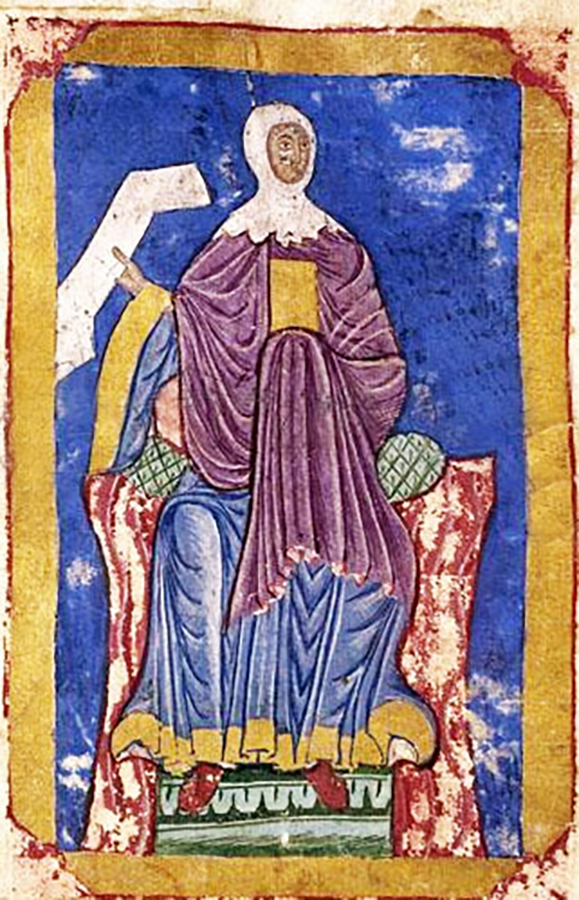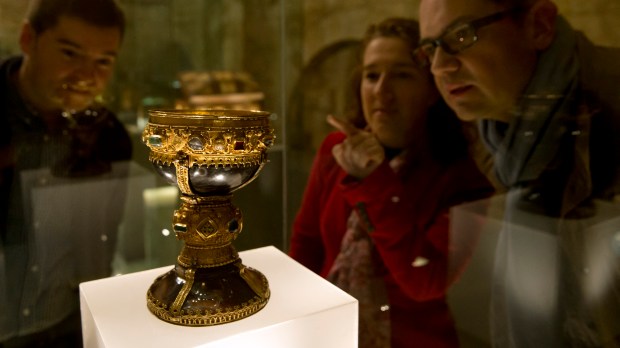Lenten Campaign 2025
This content is free of charge, as are all our articles.
Support us with a donation that is tax-deductible and enable us to continue to reach millions of readers.
The famous Sword in the Stone is not in England, but in Italy. Something similar happens with the Holy Grail. Despite what all the Arthurian legends woven around it claim, the Holy Grail is in Spain. Or, rather, the Holy Grails.Galicians, Valencians, and some Leonese claim they have one.
History and legend have often merged when it comes to locating the chalice used by Jesus during the Last Supper. Forgeries and ancient artifacts believed to be the holy cup have been found from Turkey to Scotland —and everywhere in between. One of these, the Chalice of Doña Urraca, has only recently been added to the list.
The Chalice of Doña Urraca
The Chalice of Doña Urraca is a jewel-encrusted onyx chalice kept at the Basilica of San Isidoro in León, Spain. It belonged to the Leonese infanta Urraca of Zamora, one of the five children of Ferdinand I the Great. A formidable woman who eventually became the first reigning queen in European history, her story is told in the epic medieval Spanish poem, El Cantar de Mio Cid.

In March 2014, Spanish historians Margarita Torres and José Ortega Del Río published their book Kings of the Grail. The book claims, for the first time in the 1,000-year-long history of the chalice, that it could be the Holy Grail. In short, the book explains how a collection of parchments preserved in the Egyptian university of Al-Azhar claim the chalice had been taken by Egyptian troops after the invasion of Jerusalem and the looting of the Church of the Holy Sepulchre in 1009. Ordered by the Fatimid Caliph Al-Hakim, also known as “the Nero of Islam,” the raid claimed the chalice as a prize. It was then handed over by the Emir of Egypt to the Emir of Denia, who in the 11th century gave it to the Kings of León, to spare his city in the Reconquista.
Torres and Del Río’s book was met with disbelief. Other historians explain the techniques used to make the chalice clearly indicate a mid-11th century origin, but the Museum of the Real Colegiata of Saint Isidore, where the chalice is kept, claims the two onyx bowls that make up the chalice are dated to the 1st century BC, and that they are of Roman origin.
Doña Urraca donated her personal jewelry to decorate these bowls as a reliquary, and to shape it as a chalice.


